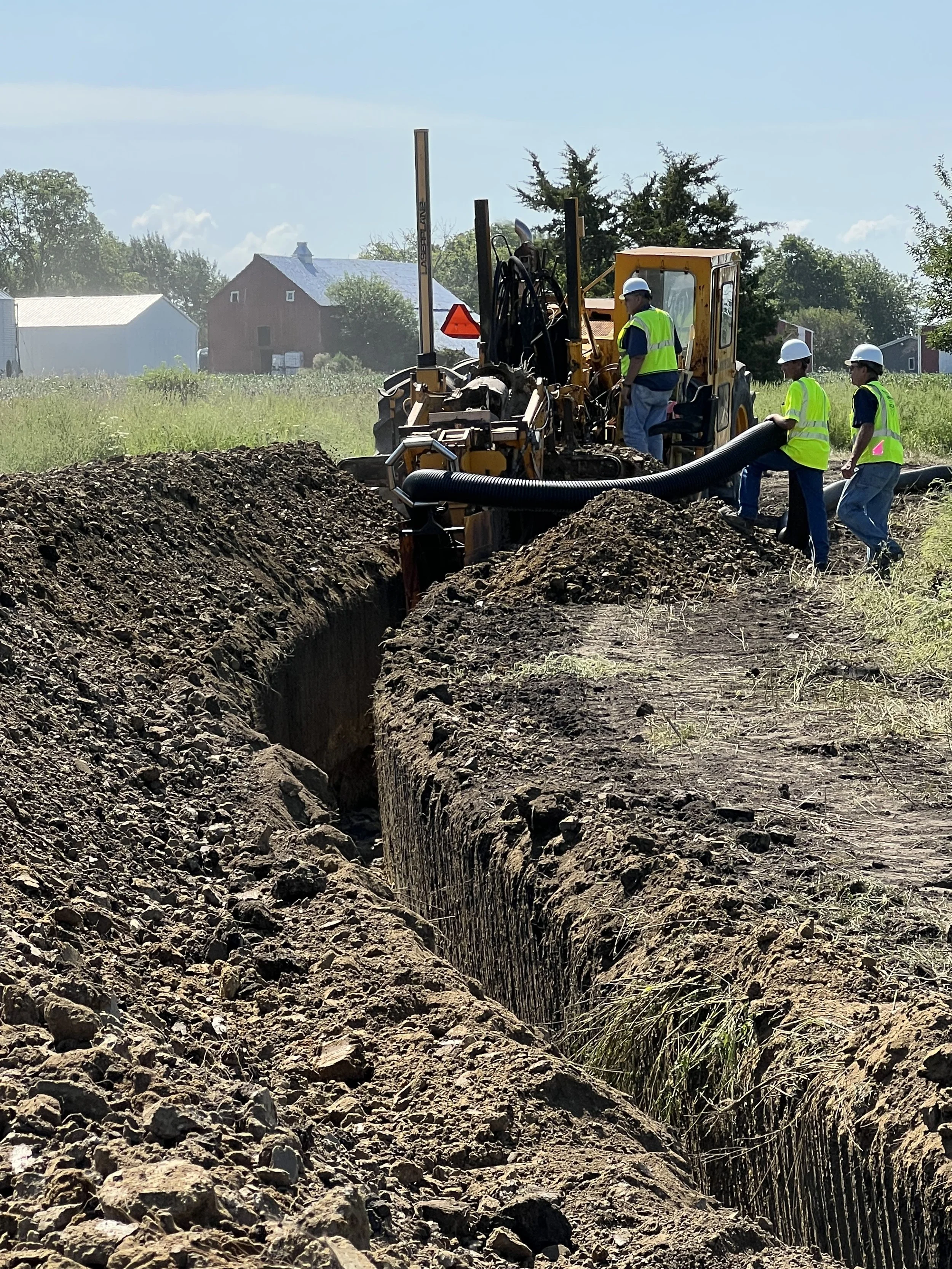In the mid-19th century, a simple technology called the “drain tile” was introduced to improve crop growth by draining the wet ground. Tile drainage is a network of underground (subsurface) pipes installed to lower the water table and move the water off the fields quickly. For some farmers, subsurface drainage is a good farm investment as it greatly improves access to the field in the spring for planting, crop growth, and yield. Today, there are tens of millions of row crop acres with subsurface drainage in the Midwest. You can argue that without tile drainage and the invention of mass-produced fertilizer, we wouldn’t have the world’s most productive farmland here.
Tile continues to be installed today, only the pipe materials have changed from clay to plastic, to mitigate the impacts of increased precipitation and to reduce production risk. Unfortunately, there is an unintended consequence with this technology. Chemicals from pesticides and herbicides along with nutrients from unused fertilizer and soil mineralization are efficiently leaving the field along with the tile water. These excess nutrients are carried by the tile water into the channelized ditches and streams, then to the bigger streams and rivers, to the Mississippi River, and ultimately the Gulf of Mexico. To address this leaky system, tile-treatment practices, such as Smart Wetlands, are needed to reduce the nutrient load leaving the farm field.
To learn more about subsurface drainage, click here.

